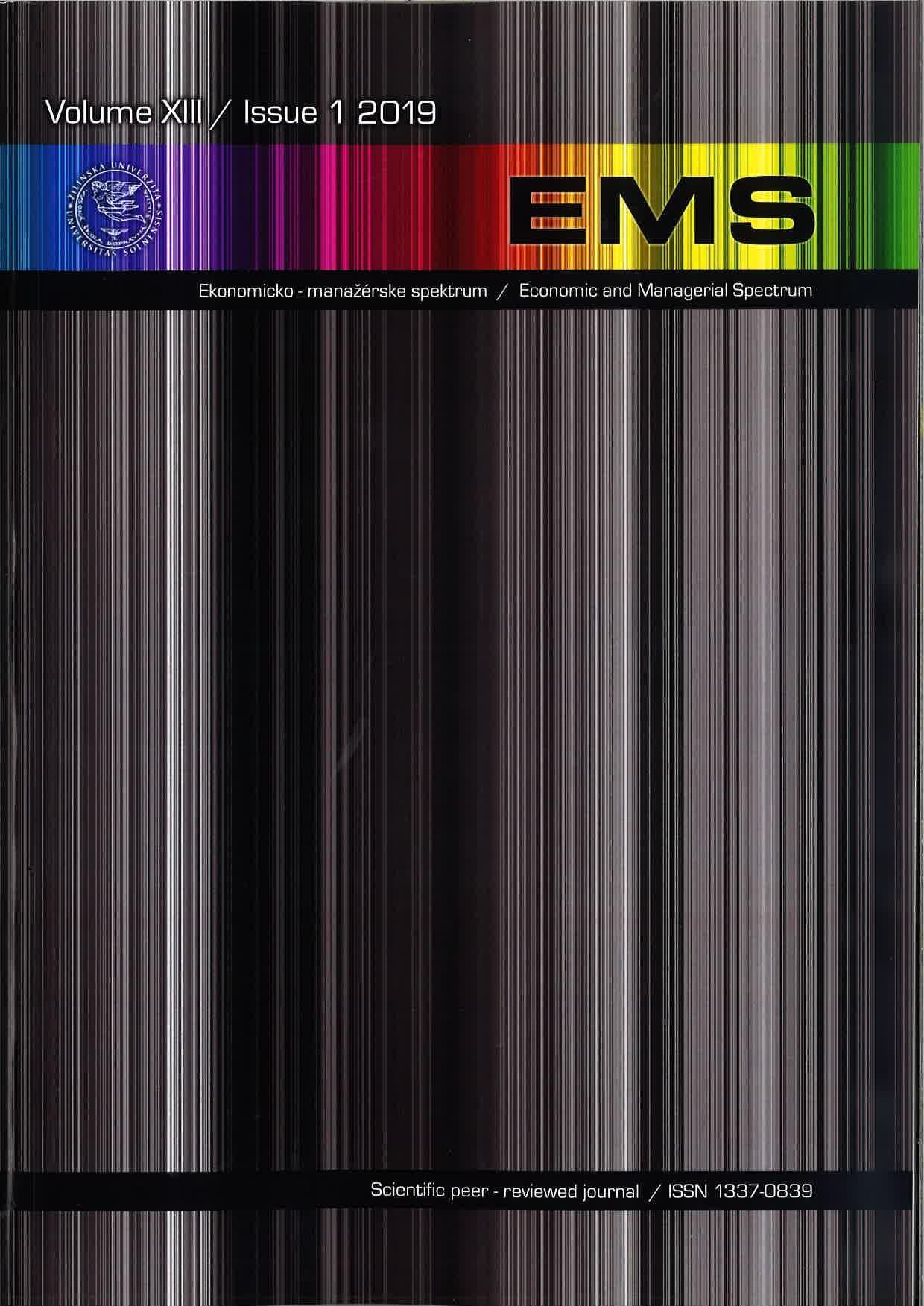VARYING PAID ANNUAL LEAVE LENGTH IN THE WORLD’S ECONOMIES AND ITS UNDERLYING CAUSES
VARYING PAID ANNUAL LEAVE LENGTH IN THE WORLD’S ECONOMIES AND ITS UNDERLYING CAUSES
Author(s): Izabela OstojSubject(s): National Economy, Supranational / Global Economy, Labor relations, Public Finances, Socio-Economic Research
Published by: Žilinska univerzita v Žiline, Fakulta prevádzky a ekonomiky dopravy a spojov, Katedra ekonomiky
Keywords: paid annual leave;labour legislation;labour standards;cultural differences;
Summary/Abstract: Paid annual leave (PAL) is one of the elements of working time regulations. The regulations are implemented at national levels, but core labour standards in this resects are stipulated by the International Labor Organization. The European Union member states are also guided by the relevant directive. Together with the length of the working day and week as well as the number of paid public holidays, the length of annual leave is essential to determine the potential of working time in every economy and the costs of hiring a full-time employee. Under globalization, this may be one of the factors determining business location. From the employees’ point of view, the length of paid annual leave is an important element in maintaining a work-life balance. The article aims to examine the differences in the length of paid annual leave between countries and regions in average terms and depending on tenure, as well as to identify the groups of countries and regions where paid annual leave is relatively longest and shortest. It also proposes how the differences in the PAL length can be explained based on Hofstede’s cultural dimensions model and legal tradition. The anticipated directions of changes in paid leave regulations are also discussed. Based on the critical analysis of data and information from international organizations, in particular, the World Bank and the International Labor Organization, and existing reference literature, the article provides arguments confirming the thesis that the length of paid annual leave depends on systemic, in particular cultural, factors.
Journal: Ekonomicko-manazerske spektrum
- Issue Year: 13/2019
- Issue No: 1
- Page Range: 62-71
- Page Count: 10
- Language: English

